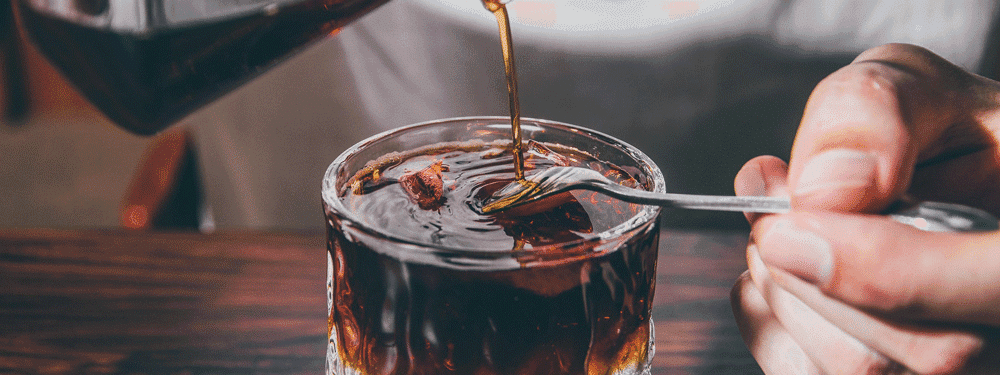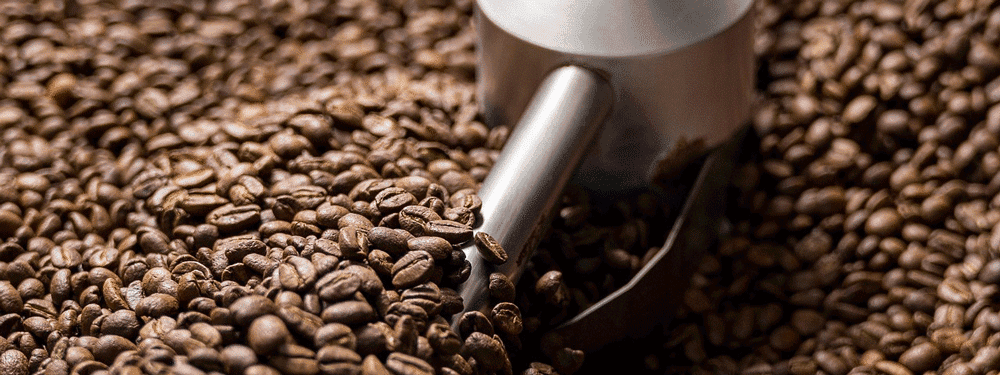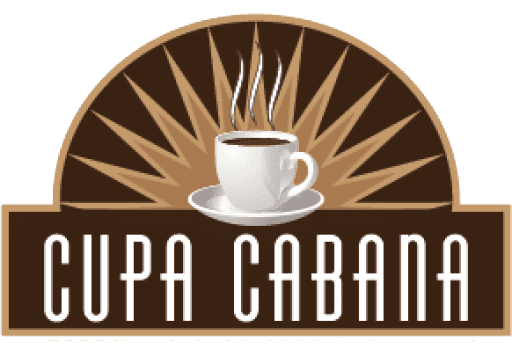Whether you are brewing at home with your trusty coffee maker or sipping at your favorite neighborhood café, learning how to taste and appreciate your coffee can change the way you enjoy every cup. Coffee tasting (also known as “cupping” to the pros) is about more than just intense or mild flavors. The world of coffee is diverse and complex, full of fruity, floral, nutty, chocolaty, and many more flavors to be found in your everyday cup of joe. So, if you are ready to take your appreciation of coffee to the next level, here’s a crash course in the basics of coffee tasting and how to train your taste buds.
Why Coffee Tasting Matters
When you begin tasting coffee with purpose, you start to recognize the nuances of one brew to the next. Ethiopian beans might have bright citrus and floral notes. Colombian beans can produce smooth caramel and nuttiness. Recognizing the differences in flavors can help you pick beans that you personally enjoy and lead you to a better understanding of the workmanship behind each cup.
Coffee tasting is an important aspect of production for anyone who curates blends, roasts coffee beans, or works in coffee production. However, even for those new to the world of specialty coffee, tasting is a fun and interesting way to shake up your daily routine and try something new.

Setting Up the Perfect Coffee Tasting Session
You don’t need much to o start your own coffee tasting. Coffee maker, fresh coffee, and your senses are really all you need, but here are a few tips to help you along the way:
1. A Selection of Coffee Beans: It is a good idea to choose a few different types of coffee for your tasting. This will allow you to see and taste the differences between various types of roasts, origins, and processing methods.
2. Clean Coffee Maker/French Press: Make sure the coffee maker and/or French press are clean so that no unwanted oils or flavors will contaminate the taste of the coffee.
3. Hot Water (195°F – 205°F): The water needs to be hot to extract all the delicious coffee flavors from the grounds.
4. Tasting Cups: Use clear, small tasting cups, so you can better compare the color and aromas of each coffee.
5. Spoons, Water to Rinse: These are used to cleanse the palate in between tastings.
The Four Key Steps to Coffee Tasting
1. Aroma
We start tasting coffee with our nose. When your coffee is brewed and ready, hold off on that first sip. Instead, take a good whiff, and see what you smell first. You might detect sweet or earthy notes, fruitiness or nuttiness. Aroma is one of three classifications:
• Dry Aroma: The scent of freshly ground coffee beans before brewing.
• Wet Aroma: The fragrance released during brewing.
• Cup Aroma: The final aroma when the coffee is served.
Aroma plays a significant role in shaping your perception of the coffee’s taste.
2. Sip and Slurp
As you take your first sip, slurp the coffee rather than sipping it gently. This aerates the liquid, allowing it to expand across your entire palate and reach more taste receptors. Pay attention to the flavors you experience at first, and then as you continue to taste.
You might notice notes of citrus, berries, chocolate, or spices. The flavor profiles of a coffee will differ depending on its origin, roast, and brewing method.
3. Taste Balance
As you continue tasting, pay attention to the coffee’s balance. Does one attribute overpower the others, or do sweetness, acidity, and bitterness work together harmoniously? Balance in the best coffees is usually evenly distributed with no extreme notes.
• Acidity: Bright and tangy sensations, often found in light or medium roasts.
• Sweetness: A natural hint of caramel or fruit.
• Bitterness: Common in darker roasts or over-extracted brews.
4. Finish
The finish is what you taste after swallowing the coffee. Is it a smooth, clean feeling or a lingering bitterness? Some coffees have a short finish, some seem to keep unfolding long after the last sip.

Common Aromas and Flavor Profiles
During your coffee tasting journey, you’ll encounter a wide range of aromas and flavors. Some common categories include:
• Fruity: Citrus, berries, apple, or tropical fruits.
• Floral: Jasmine, lavender, or rose.
• Nutty: Hazelnut, almond, or walnut.
• Chocolatey: Cocoa, dark chocolate, or milk chocolate.
• Spicy: Cinnamon, clove, or pepper.
Keeping a tasting journal can help you identify patterns and preferences. Write down the beans you tasted, the aromas you detected, and your overall impressions.

How Roast Levels Affect Coffee Tasting
The roast level significantly impacts the flavor profile of the coffee. Here’s how:
• Light Roast: Retains the natural flavors of the bean, often featuring bright, fruity, and floral notes.
• Medium Roast: Balances acidity and sweetness, offering caramel, chocolate, and nutty flavors.
• Dark Roast: Intense, bold flavors with low acidity, featuring smoky, bitter, or earthy notes.
Experimenting with different roast levels during your coffee tasting can uncover new dimensions of flavor.
Tips for Enhancing Your Coffee Tasting Skills
1. Use Freshly Ground Beans: Coffee loses its flavor quickly once ground, so grind beans right before brewing.
2. Taste at Different Times: Flavors can vary based on brewing time, water temperature, and even your mood, so don’t be afraid to revisit a coffee multiple times.
3. Invite Others: Coffee tasting is a social experience. Gather friends or coworkers to share insights and compare notes.
Final Thoughts on Coffee Tasting
Learning how to taste coffee can take you on a journey through each and every cup you drink. Next time you pull a mug of joe from your coffee maker, or you start sipping on a specialty from Cupa Cabana’s espresso and coffee catering services, pay attention to the subtle flavors that might surprise you.
Whether it’s an earthy flavor, a floral note, or something different, tasting the complexity in each coffee can open your eyes to the treats that lie beneath. You don’t need to be a barista to taste coffee the right way. It can be as easy as giving your senses time to wake up and take in all the nuances of your cup.
Ready to let Cupa Cabana Espresso & Coffee Catering take your taste buds on a journey? We can bring a fully-loaded coffee tasting experience to your event. Professional baristas, freshly brewed coffee, and high-quality beans from around the world are the keys to unlocking the magic of coffee.
